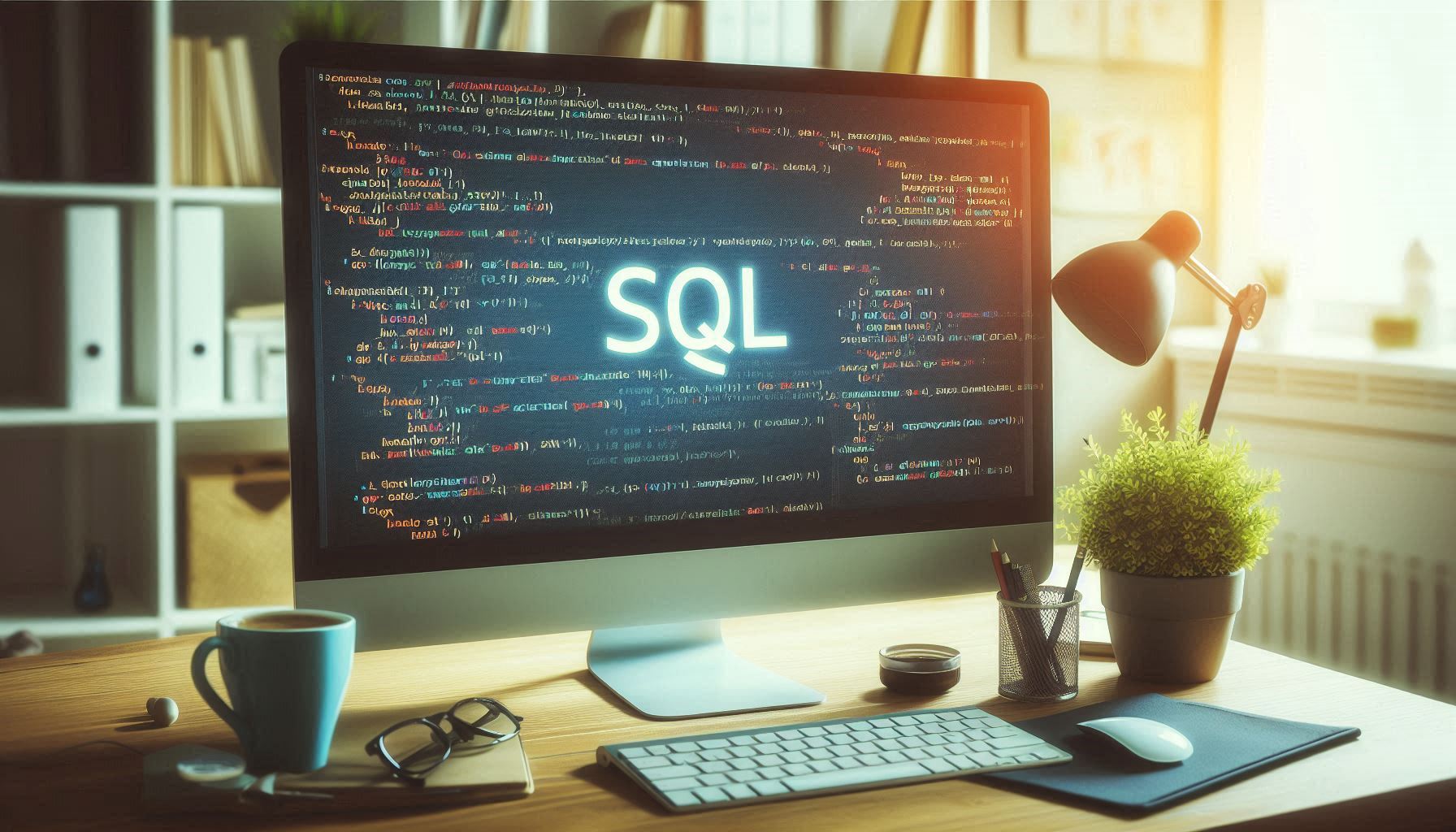SQL: The Language Powering Relational Databases

Introduction to SQL
SQL (Structured Query Language) is a powerful language designed for managing and manipulating data in relational database management systems (RDBMS). Developed in the early 1970s, SQL has since become the standard language for interacting with databases, enabling users to perform tasks such as querying data, defining schema, and managing transactions.
Core Concepts
SQL operates based on several core concepts, including data definition (DDL) for creating and altering database structures, data manipulation (DML) for retrieving and modifying data, and data control (DCL) for managing permissions and security. These capabilities make SQL essential for maintaining data integrity and ensuring efficient data operations.
Relational Model and Normalization
SQL follows the relational model, organizing data into tables (relations) where each row represents a record and each column represents an attribute. Normalization techniques in SQL help eliminate redundancy and dependency issues, ensuring data is organized efficiently and maintaining database performance.
Querying and Data Manipulation
SQL provides a rich set of commands for querying and manipulating data. The SELECT statement retrieves data based on specified criteria, while INSERT, UPDATE, and DELETE statements modify data within tables. SQL's flexibility allows complex queries using JOIN operations to combine data from multiple tables based on related columns.
Transactions and ACID Properties
SQL supports transactions, sequences of database operations that must be executed as a single unit. Transactions ensure data consistency and integrity by adhering to the ACID properties: Atomicity (all or nothing), Consistency (maintaining data integrity), Isolation (transactions are isolated from each other), and Durability (changes are persistent even after a system failure).
Popular SQL Implementations
Several popular SQL database management systems include MySQL, PostgreSQL, Oracle Database, SQL Server, and SQLite. Each system implements SQL with its own extensions and optimizations, catering to different scalability, performance, and feature requirements.
Community and Standards
SQL benefits from a robust community of developers and database administrators who contribute to its evolution and standardization. The SQL standard is maintained by organizations like ANSI (American National Standards Institute) and ISO (International Organization for Standardization), ensuring compatibility and interoperability across different SQL implementations.
Conclusion
In conclusion, SQL remains the cornerstone of relational database management, providing a standardized language for data manipulation, querying, and administration. Its adherence to the relational model, support for transactions, and widespread adoption in enterprise and web applications underscore SQL's enduring importance in modern data management.